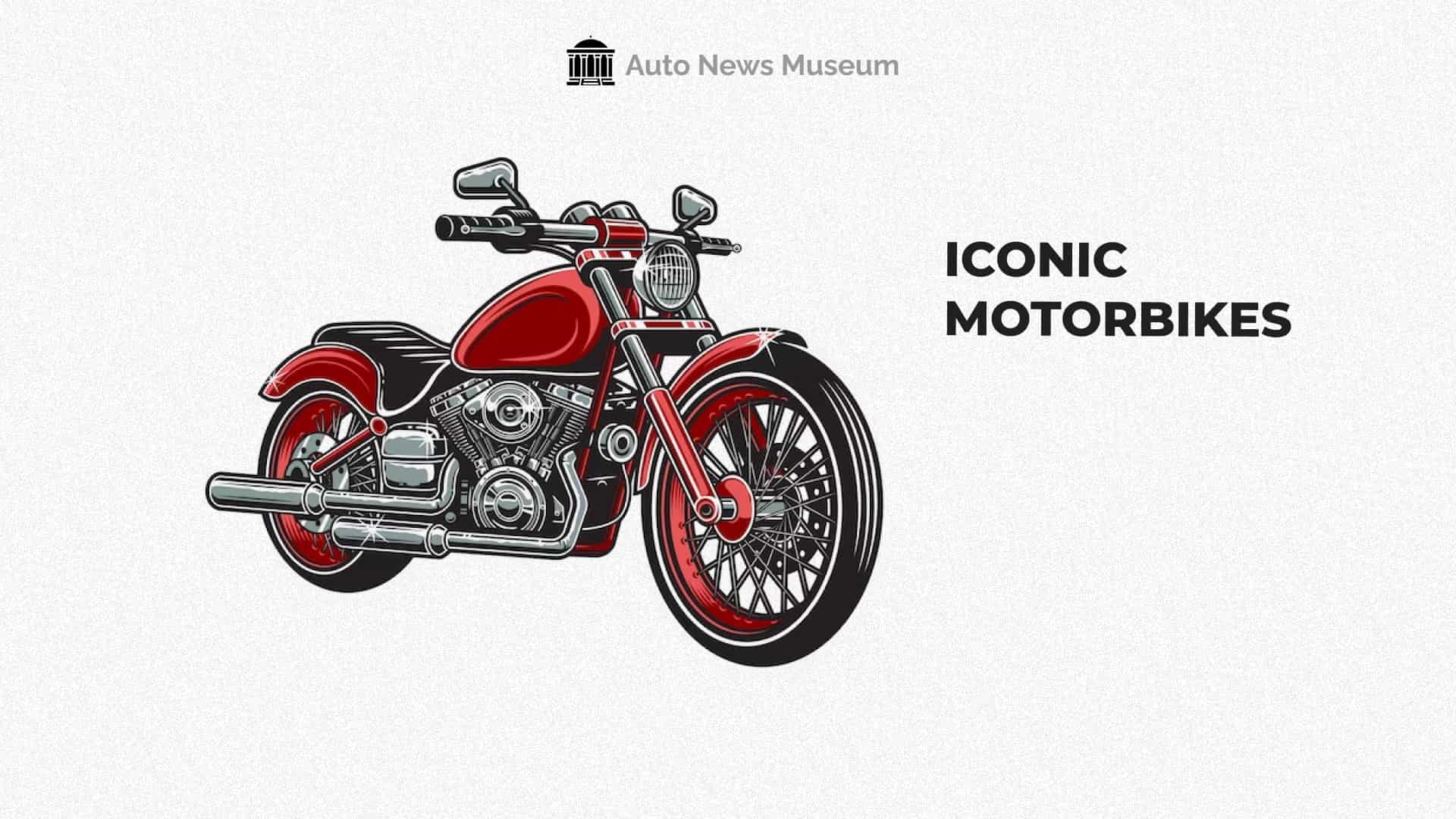In the realm of motorcycling, certain machines have achieved legendary status, transcending their roles as mere vehicles to become cultural icons. These iconic motorbikes have not only redefined the way we ride but have also left a lasting impact on the motorcycle industry and popular culture. In this article, we’ll take a thrilling ride through the history of some of the most iconic motorcycles ever built.
The Harley-Davidson Sportster
Description: The Harley-Davidson Sportster is an American classic known for its timeless design and powerful V-twin engine. Introduced in 1957, it’s often celebrated as the “Gateway to Harley Ownership.”
Significance: The Sportster has been a symbol of freedom and rebellion, often associated with the counterculture and the open road. Its enduring popularity has made it a staple in the Harley-Davidson lineup.
The Honda CB750
Description: The Honda CB750, introduced in 1969, is often credited with launching the superbike era. It featured an inline-four engine, disc brakes, and an electric starter—revolutionary at the time.
Significance: The CB750 changed the perception of Japanese motorcycles, proving they could compete with and even outperform European counterparts. Its impact on the industry can still be seen in modern sportbikes.
The Ducati 900SS
Description: The Ducati 900SS, introduced in the 1970s, is an Italian masterpiece known for its impeccable design and desmodromic valve system, a hallmark of Ducati’s engineering.
Significance: The 900SS is a symbol of Italian craftsmanship and passion for motorcycling. Its racing pedigree and unique design make it a coveted classic among collectors.
The BMW R80 G/S
Description: The BMW R80 G/S (Gelände/Strasse, or “off-road/road”) launched in 1980, kickstarting the adventure touring motorcycle category. It combined on-road comfort with off-road capability.
Significance: The R80 G/S pioneered the adventure touring genre, influencing the design of modern adventure motorcycles like the BMW GS series and inspiring countless riders to explore the world on two wheels.
The Yamaha YZF-R1
Description: The Yamaha YZF-R1, introduced in 1998, redefined sportbike performance with cutting-edge technology, lightweight design, and a powerful inline-four engine.
Significance: The R1 set new standards for sportbike performance, pushing the boundaries of what was possible on two wheels. It has remained a top choice for riders seeking track-worthy performance.
The Harley-Davidson Fat Boy
Description: The Harley-Davidson Fat Boy, introduced in 1990, is known for its distinctive “fat” appearance and solid-cast disc wheels. It gained fame in the movie “Terminator 2.”
Significance: The Fat Boy embodies the cruiser style and has a cult following among Harley enthusiasts. Its appearance and reputation make it instantly recognizable.
The Triumph Bonneville
Description: The Triumph Bonneville, first produced in the 1950s, is a British classic known for its parallel-twin engine and timeless design.
Significance: The Bonneville’s enduring appeal lies in its retro charm and blend of vintage aesthetics with modern engineering. It continues to inspire modern classic motorcycles.
The Suzuki Hayabusa
Description: The Suzuki Hayabusa, introduced in 1999, set a new standard for top speed in production motorcycles. Its name means “peregrine falcon” in Japanese.
Significance: The Hayabusa was a pioneer in the hyperbike category, sparking intense competition among manufacturers to produce the fastest production motorcycles. It remains a symbol of speed and power.
These iconic motorbikes have become legends in their own right, shaping the motorcycle industry and captivating riders and enthusiasts around the world. From cruisers to superbikes, each machine represents a unique chapter in the history of motorcycling, reminding us that two-wheeled adventures are not just about getting from point A to point B; they’re about embracing the spirit of the ride and the thrill of the open road.

